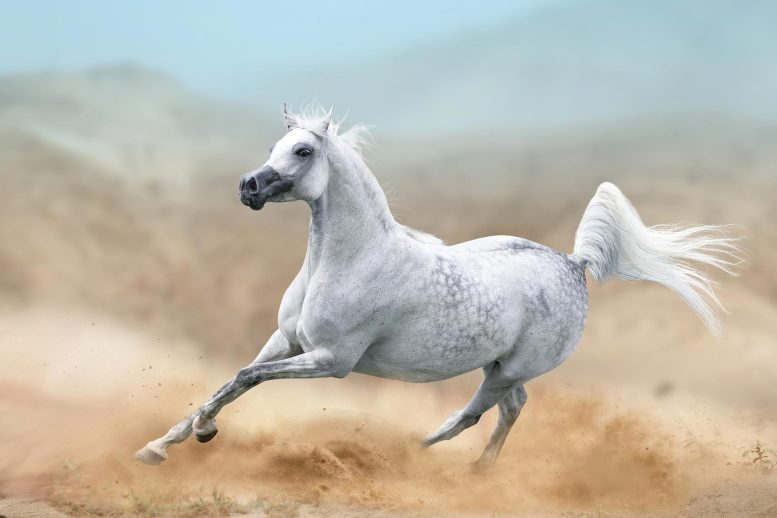
Researchers have pinpointed the origins of domestic horses to the western Russian steppes around 4,200 years ago, marking a pivotal era in human history with enhanced communication and trade across Eurasia. This conclusion was supported by combining radiocarbon dating and ancient DNA sequencing, which revealed genetic transformations and accelerated breeding practices that contributed to the widespread use of horses.
Domestic horses, originating from the western Russian steppes about 4,200 years ago, transformed Eurasian societies by facilitating faster trade and interactions.
- An international research team sequenced the genomes of hundreds of horse archaeological remains to track the historical rise of horse-based mobility around 4200 years ago in the Pontic-Caspian steppes.
- The emergence of improved breeding techniques at the time considerably enhanced the yearly capacity of horse production, which helped spreading domestic horses like a wildfire across the whole Eurasian continent.
- The massive human migrations that spread Indo-European languages outside the steppes around 5,000 years ago were not mediated by horses, contrary to what was previously thought.
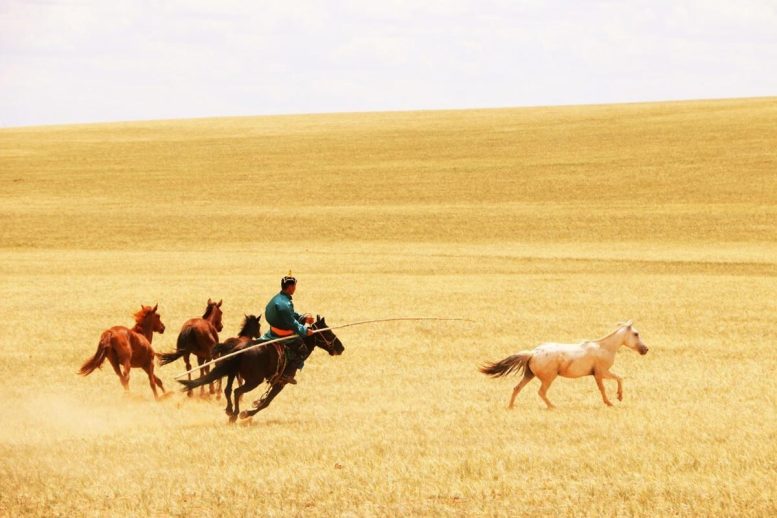
Horse herders riding, guiding, catching, or enjoying their horses in Inner Mongolia, China, July 2019. Credit: © Ludovic Orlando
Origins and Spread of Domestic Horses
All domestic horses living on the planet today, whether racetrack champions, pony-club companions, or heavy draft giants, find their origins in the western Russian steppes of the third millennium BCE. However, the exact chronology of horse domestication and the widespread integration of horse power into human societies remained highly debated. A new study published by Nature on June 6th reports that the proliferation of domestic horses started by the end of the third millennium BCE, around ~4,200 years ago.
This date marks the start of a new era in human history, in which horses considerably speeded up communication and trade networks across Eurasia, catalyzing unprecedented exchanges and interactions among diverse cultures. This work was coordinated by Ludovic Orlando, director of the Centre of Anthropobiology and Genomics of Toulouse (CAGT, CNRS/Université Paul Sabatier), and involved 133 researchers from 113 institutions around the world.
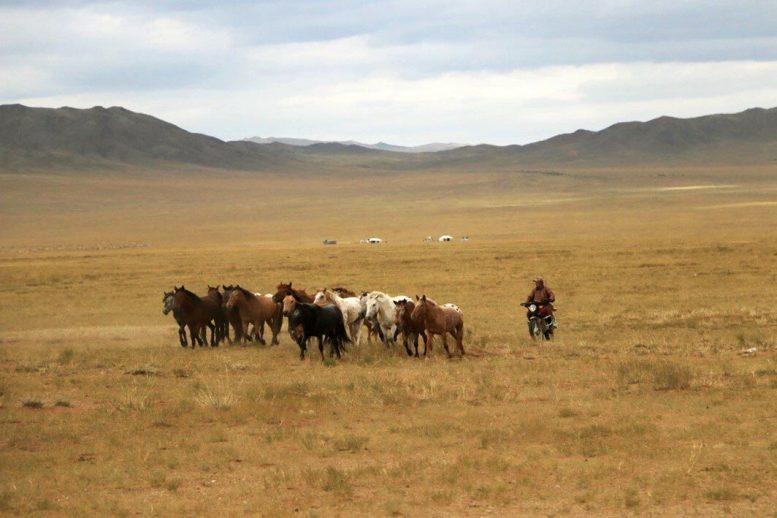
Horse herder riding his motor bike to guide his horses in Mongolia, August 2024. Credit: © Ludovic Orlando
Breakthrough in Horse Domestication Research
The research team gathered an extensive collection of horse archaeological remains spanning the Eurasian continent. They combined radiocarbon dating with ancient DNA sequencing to characterize a comprehensive genome time series providing fine-grained resolution into the genetic transformations coinciding with the emergence of equestrianism.
“I have started working on horses about a decade ago. At that time, we only had a handful of ancient genomes. With this new work, we now have several hundred. It was particularly important to gain resolution into Central Europe, the Carpathian and the Transylvanian basins, as this area was central to ongoing debates about horseback riding driving the massive migrations from the steppes around ~5,000 years ago, and possibly earlier,” said Pablo Librado. He is first author of the study, and now Tenured Scientist at the Institut de Biologia Evolutiva of Barcelona (IBE), a joint center of the CSIC and the Universitat Pompeu Fabra.
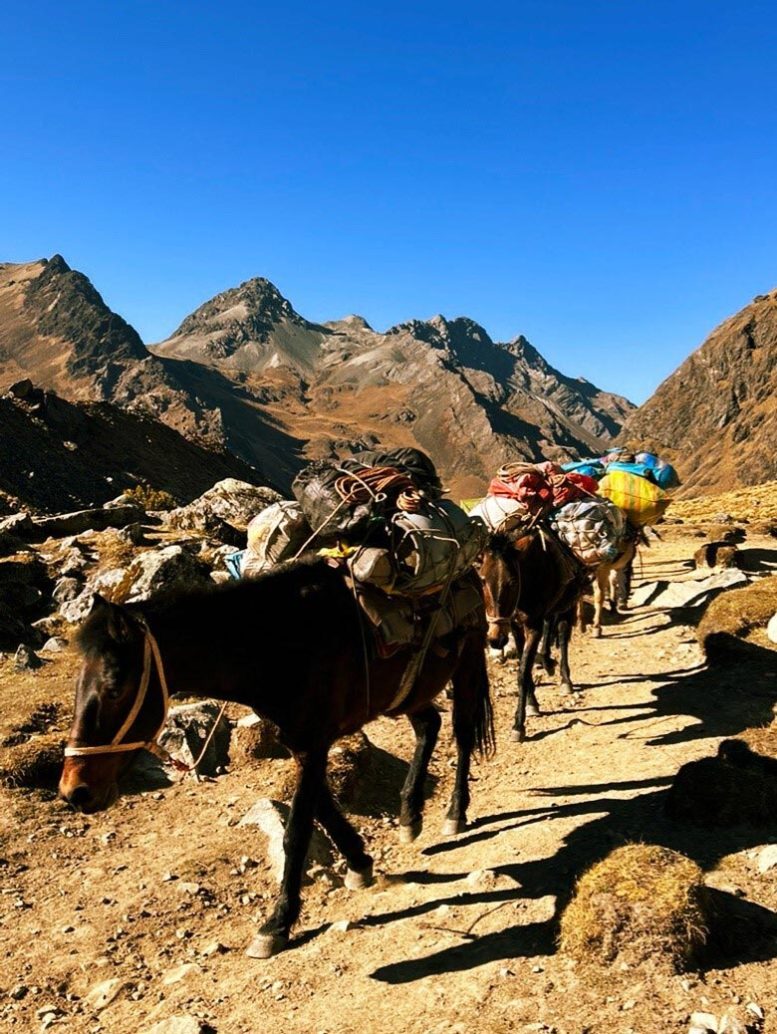
Horse and mule trains carrying heavy loads across the Peruvian Andes, in the Salkantay mountains region, August 2024. Credit: © Ludovic Orlando
Understanding Horse Husbandry Through Ancient DNA
The research team scrutinized their data for three indicators of horse husbandry. First, they traced when the progenitors of modern domestic horses began to spread outside their native domestication homeland. Next, they reconstructed the horse demography all along the third millennium BCE to precisely date the earliest signs of breeding and large-scale production of horses. Last, they uncovered evidence of significant shifts in the horse reproductive lifespan, indicating deliberate manipulation of animal reproduction by early breeders.
The remarkable alignment of all three lines of evidence around ~4,200 years ago strongly suggests that domestic horses were produced in sufficiently large numbers to sustain a growing demand across the continent only then, and not earlier. Therefore, the date of ~4,200 years ago marks the true onset of horse-based mobility as we recognize it. Horse-based mobility persisted as the fastest mode of terrestrial transportation until the advent of mechanical engines in the 20th century.
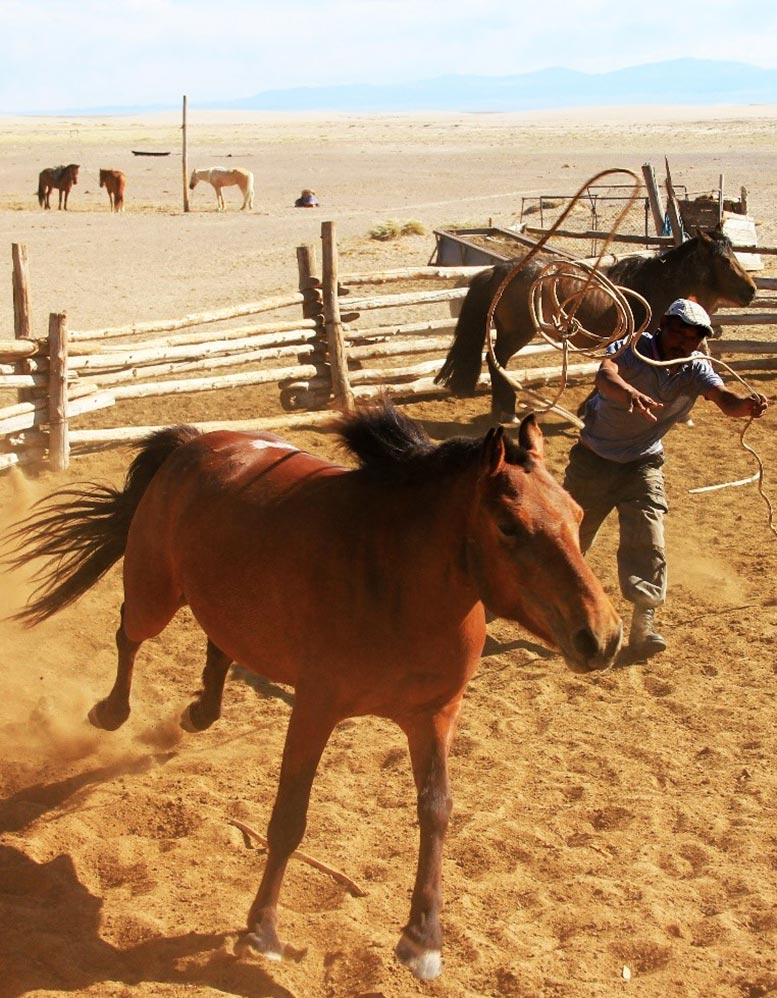
Horse herder catching one of his horses with a lasso in Mongolia, Khomiin Tal plateau, May 2014. Credit: © Ludovic Orlando
Dissecting Historical Human and Horse Movements
Yet, ancient DNA research had depicted earlier changes in the genetic landscape of Europeans, during the first half of the third millennium BCE, following the massive expansion of people coming from the steppes, and often considered speakers of a proto-Indo-European language. Since the horse genetic map started to change much later, the research team could discount horseback riding as a driving force for the success of those human migrations, despite horse-related terminology forming a common basis to most Indo-European languages.
Innovations in Breeding and Genetic Analysis
“One question that puzzled me for years pertains to the scale of the production: how could such a substantial number of horses be bred so suddenly from a relatively small domestication area to meet the increasingly global demand by the turn of the second millennium BCE? Now we have an answer. Breeders controlled the reproduction of the animal so well that they almost halved the time interval between two generations. Put simply, they were able to accelerate the breeding process, effectively doubling their production rate,” added Ludovic Orlando.
The methodology developed in this study for measuring generation times is new, and leverages the full potential of ancient genome time series. As genomes evolve, they accumulate mutations and recombine every generation. The number of mutations they carry and DNA cross-overs they went through provide a direct measure for the multitude of generations leading to them. When coupled with radiocarbon dates, the numbers of generations can be converted into calendar years.
The researchers discovered that more generations accumulated in the last two centuries, concurring with the emergence of many modern bloodlines through intensive selective breeding. Strikingly, the generational clock was also found to tick faster around ~4,200 years ago, right at the time when the mass production and geographic diffusion of domestic horses started.
Potential of New Archaeozoological Methodologies
“Our methodology for measuring temporal changes in generation times holds great potential. It arms the archaeozoological toolkit with a new way to monitor the development of controlled breeding across various domestic species beyond horses. But it can also help elucidate the generation interval in our hunter-gatherer ancestors and how these intervals evolved alongside shifts in lifestyle or significant climatic changes.” adds Pablo Librado, who developed the underlying statistical framework.
For now, and sticking to horses, the research team also reported exceptionally brief generational intervals within a distinct lineage, separate from that leading to modern domestic horses. This lineage was excavated at Botai, a site from Central Asia where evidence of horse milking, harnessing and corralling has been both reported and debated.
The discovery of shortened generation times added credit to models depicting settled human groups domesticating the horse in the region to secure consistent access to resources such as meat and milk, which were vital for their subsistence. The Botai people, however, did not engage in extensive long-distance migrations alongside their horses, since the genetic makeup of their horses remained local and did not expand across Eurasia.
Evidence of Dual Domestication Events in Horse History
“Our evidence supports two domestications in horses. The first, occurring around ~5,500 years ago, aimed to address the decline in horse populations and provide sustenance for populations inhabiting the steppes of Central Asia. The domestic horse as we know it emerged around ~4,200 years ago from the second domestication. This one truly transformed human history by providing fast mobility for the first time,” concluded Ludovic Orlando.
Reference: “Widespread horse-based mobility arose around 2,200 BCE in Eurasia” by Pablo Librado, Gaetan Tressières, Lorelei Chauvey, Antoine Fages, Naveed Khan, Stéphanie Schiavinato, Laure Calvière-Tonasso, Mariya A. Kusliy, Charleen Gaunitz, Xuexue Liu, Stefanie Wagner, Clio Der Sarkissian, Andaine Seguin-Orlando, Aude Perdereau, Jean-Marc Aury, John Southon, Beth Shapiro, Olivier Bouchez, Cécile Donnadieu, Yvette Running Horse Collin, Kristian M. Gregersen, Mads Dengsø Jessen, Kirsten Christensen, Lone Claudi-Hansen, Mélanie Pruvost, Erich Pucher, Hrvoje Vulic, Mario Novak, Andrea Rimpf, Peter Turk, Simone Reiter, Gottfried Brem, Christoph Schwall, Éric Barrey, Céline Robert, Christophe Degueurce, Liora Kolska Horwitz, Lutz Klassen, Uffe Rasmussen, Jacob Kveiborg, Niels Nørkjær Johannsen, Daniel Makowiecki, Przemysław Makarowicz, Marcin Szeliga, Vasyl Ilchyshyn, Vitalii Rud, Jan Romaniszyn, Victoria E. Mullin, Marta Verdugo, Daniel G. Bradley, João L. Cardoso, Maria J. Valente, Miguel Telles Antunes, Carly Ameen, Richard Thomas, Arne Ludwig, Matilde Marzullo, Ornella Prato, Giovanna Bagnasco Gianni, Umberto Tecchiati, José Granado, Angela Schlumbaum, Sabine Deschler-Erb, Monika Schernig Mráz, Nicolas Boulbes, Armelle Gardeisen, Christian Mayer, Hans-Jürgen Döhle, Magdolna Vicze, Pavel A. Kosintsev, René Kyselý, Lubomír Peške, Terry O’Connor, Elina Ananyevskaya, Irina Shevnina, Andrey Logvin, Alexey A. Kovalev, Tumur-Ochir Iderkhangai, Mikhail V. Sablin, Petr K. Dashkovskiy, Alexander S. Graphodatsky, Ilia Merts, Viktor Merts, Aleksei K. Kasparov, Vladimir V. Pitulko, Vedat Onar, Aliye Öztan, Benjamin S. Arbuckle, Hugh McColl, Gabriel Renaud, Ruslan Khaskhanov, Sergey Demidenko, Anna Kadieva, Biyaslan Atabiev, Marie Sundqvist, Gabriella Lindgren, F. Javier López-Cachero, Silvia Albizuri, Tajana Trbojević Vukičević, Anita Rapan Papeša, Marcel Burić, Petra Rajić Šikanjić, Jaco Weinstock, David Asensio Vilaró, Ferran Codina, Cristina García Dalmau, Jordi Morer de Llorens, Josep Pou, Gabriel de Prado, Joan Sanmartí, Nabil Kallala, Joan Ramon Torres, Bouthéina Maraoui-Telmini, Maria-Carme Belarte Franco, Silvia Valenzuela-Lamas, Antoine Zazzo, Sébastien Lepetz, Sylvie Duchesne, Anatoly Alexeev, Jamsranjav Bayarsaikhan, Jean-Luc Houle, Noost Bayarkhuu, Tsagaan Turbat, Éric Crubézy, Irina Shingiray, Marjan Mashkour, Natalia Ya. Berezina, Dmitriy S. Korobov, Andrey Belinskiy, Alexey Kalmykov, Jean-Paul Demoule, Sabine Reinhold, Svend Hansen, Barbara Wallner, Natalia Roslyakova, Pavel F. Kuznetsov, Alexey A. Tishkin, Patrick Wincker, Katherine Kanne, Alan Outram and Ludovic Orlando, 6 June 2024, Nature.
DOI: 10.1038/s41586-024-07597-5
This work was mainly supported by the European Research Council (CoG PEGASUS, and SyG Horsepower)


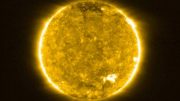





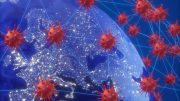
Be the first to comment on "The Dawn of Horse Power: Using DNA To Trace Back 4,200 Years"